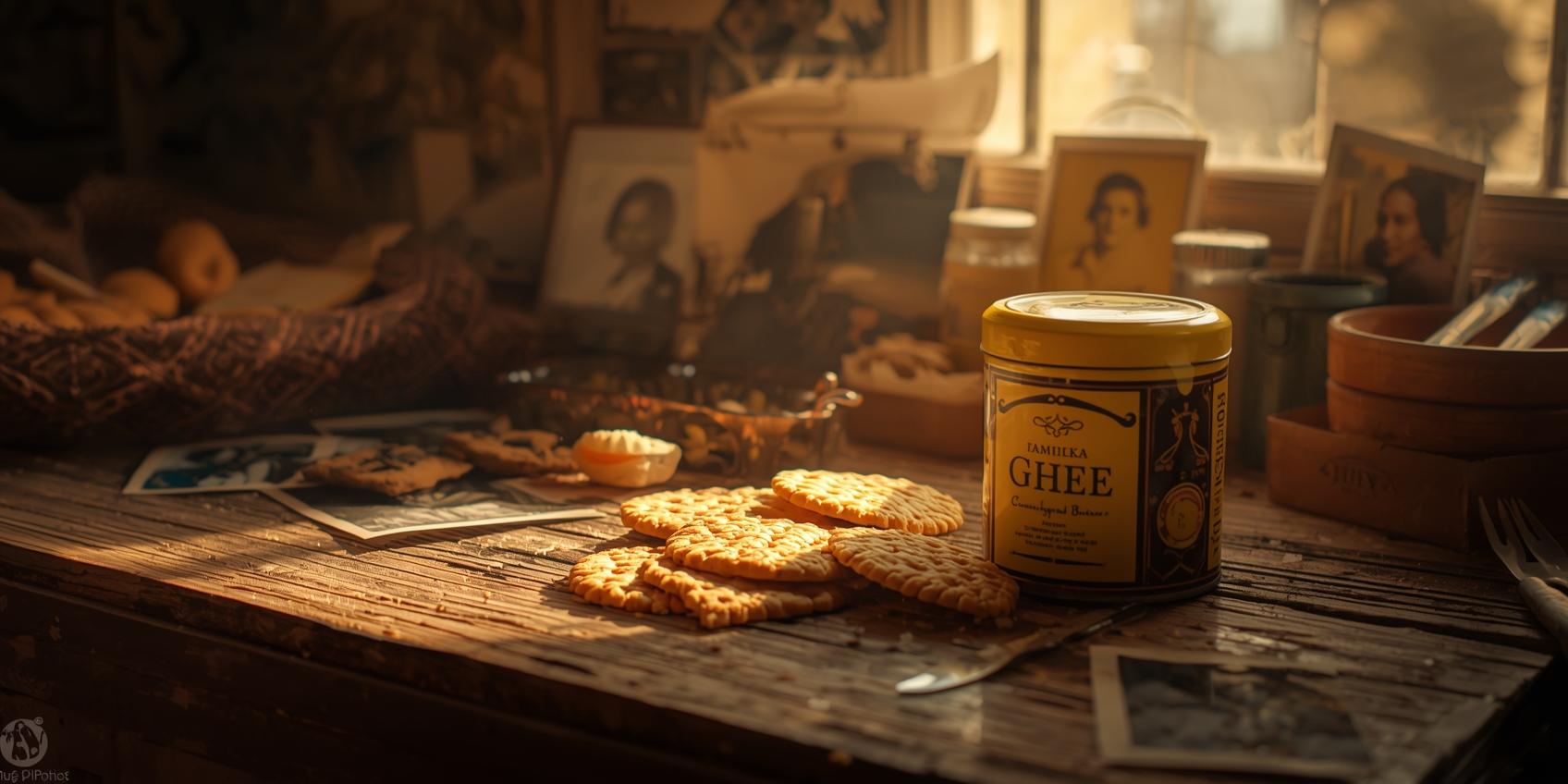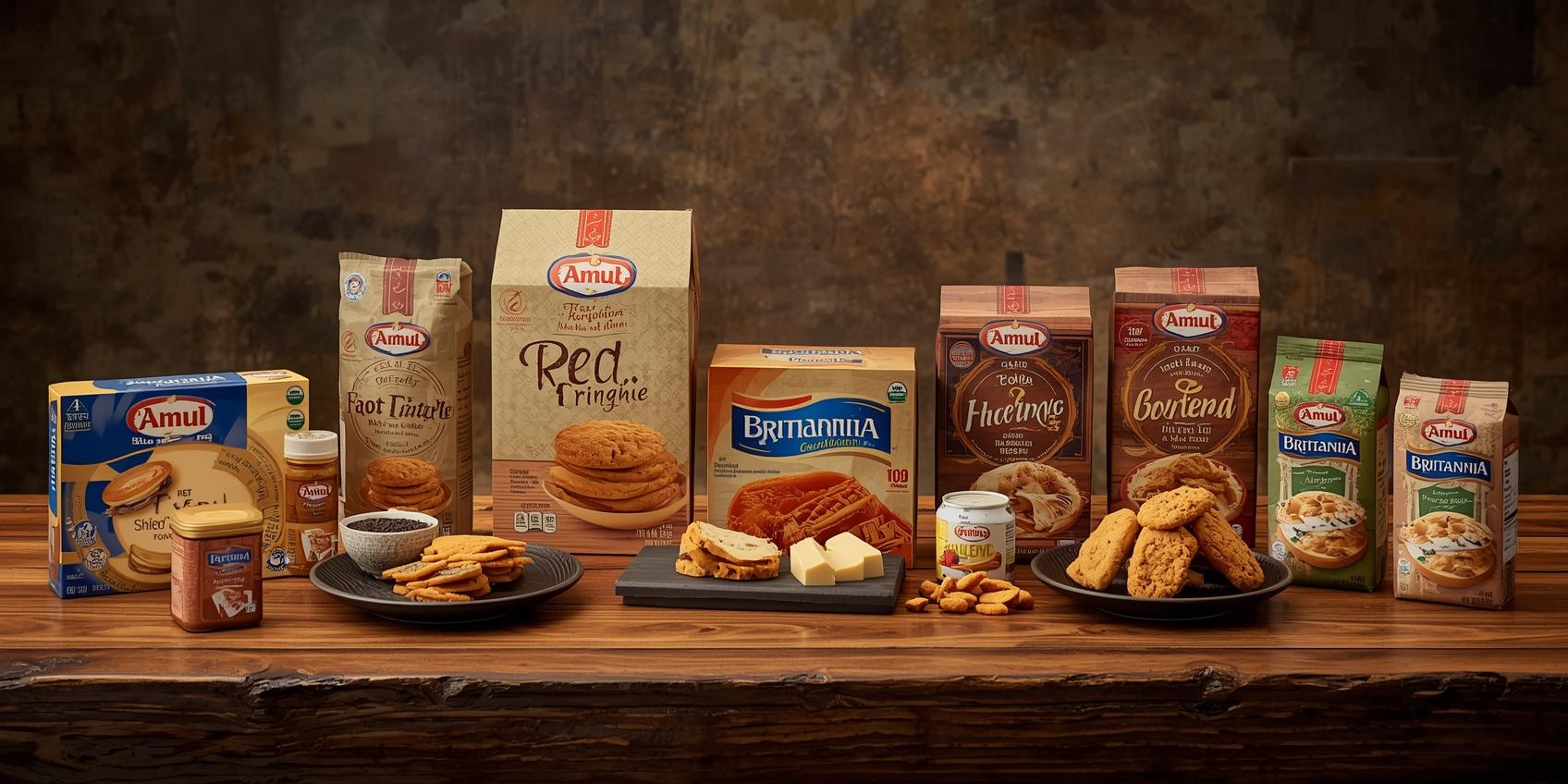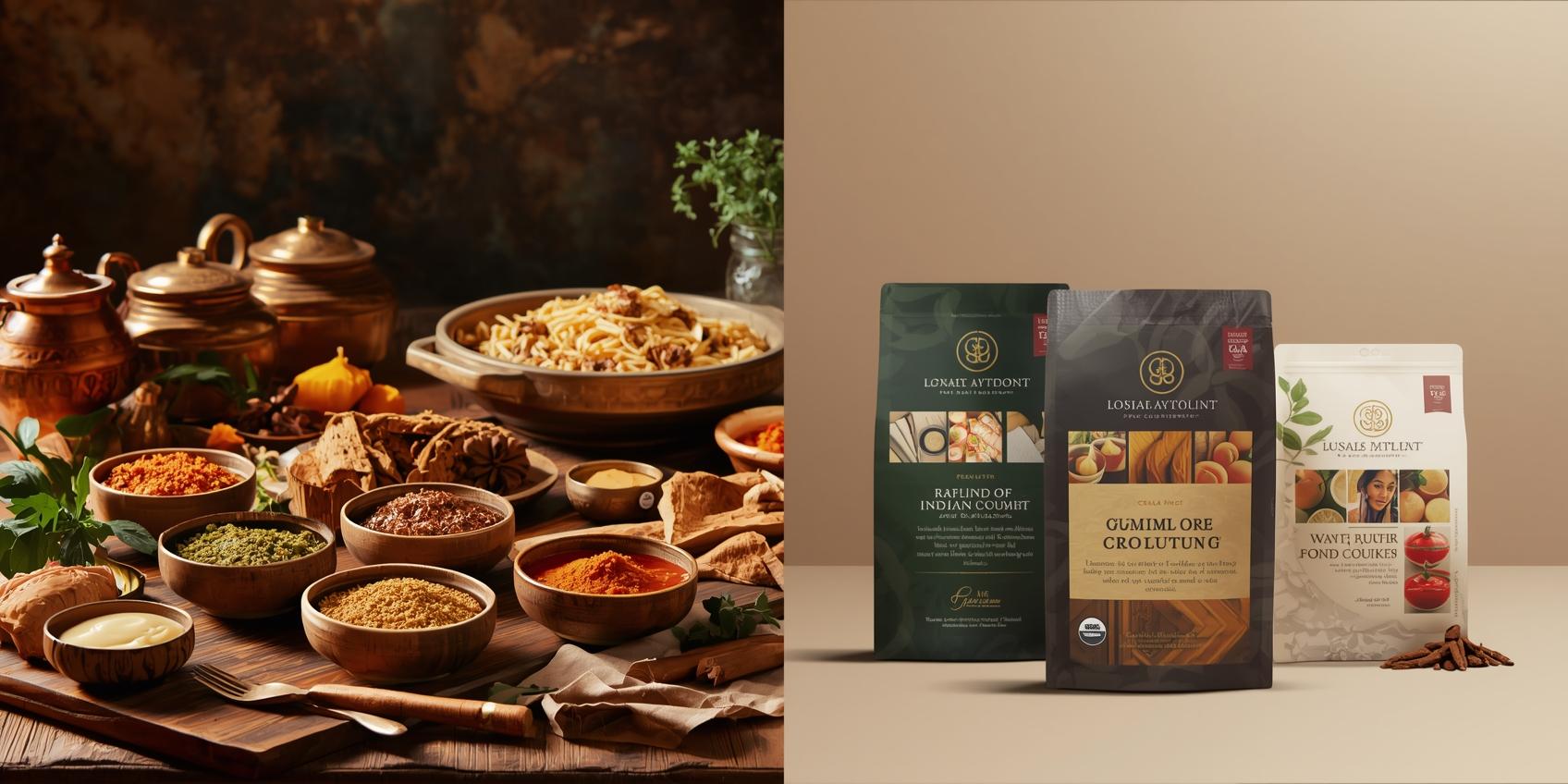When Legacy Becomes Luxury: Premium Heritage Food in India

When Legacy Becomes Luxury: How Premium Heritage Food Brands Shape India’s Taste Memory
Introductory Hook

We’ve all had that one moment.
A taste, a smell, a texture — and suddenly we’re transported back years. Maybe it was the first time we opened a bright yellow tin of ghee at home, or the unmistakable crunch of a childhood biscuit that made evenings feel complete.
As we grow, our choices evolve. Our budgets expand. Our expectations rise. But strangely, our trust doesn’t always shift to the newest or the trendiest. What comforts us most are the brands that have walked alongside us — sometimes even before we were born.
And that’s where premium heritage food brands stand apart.
They don’t just sell us food.
They sell us continuity.
In this piece, we explore how premium brands rooted in heritage, tradition, and memory continue to influence India’s modern palate — and why they remain the top food brands shaping our evolving consumer identity.
1. The Emotional Economics of Heritage: Why Legacy Still Wins
While many industries run on innovation alone, the food industry thrives on a different engine:
Generational trust.
We learned early on that not every “new and improved” product deserves our loyalty.
Heritage brands, on the other hand, built their reputation in our kitchens — one packet, one scoop, one bite at a time.
And now, as aspirations rise, these once-humble brands are evolving into premium collections — strengthening quality, enhancing craft, and deepening their storytelling without breaking their original promise.
Heritage is no longer old; it’s premium.
2. Premiumisation Through the Lens of India’s Cultural Appetite
We often think of premium food as exotic imports or gourmet boutique items. But in India, a unique shift is happening:
Our own traditional brands are becoming premium.
This change is driven by:
-
Rising disposable income
-
Urban wellness consciousness
-
Bigger appetite for clean, ethical, traceable food
-
A growing pride in local, regional, and traditional products
Premium is no longer the foreign cheese aisle.
It’s our own familiar history — polished, upgraded, refined.
3. India’s Heritage Food Icons: The Stories That Built Our Taste
Let’s explore these brands not by dates or business models, but by the feeling they evoke — because that’s what premium heritage truly rests on.

3.1 Amul — The Cooperative That Became a Cultural Currency
We don’t buy Amul because we’re comparing nutritional charts.
We buy it because:
-
We saw our parents trust it
-
Its products survived every kitchen revolution — from gas stoves to microwave eras
-
The brand feels like a guardian of fairness, farmers, and authenticity
In a world drowning in glossy packaging, Amul remains Indian, grounded, and impossibly steady — making it a heritage premium brand not by price, but by principle.
3.2 Britannia — When a Biscuit Becomes a Memory Marker
Try describing your childhood without mentioning:
-
Marie Gold
-
Good Day
-
Little Hearts
-
Tiger biscuits
Almost impossible, right?
Britannia’s heritage premium journey is not about being old — it’s about being ever-present.
As their offerings expanded into artisanal cakes, cheese, and healthier lines, we didn’t resist. We followed naturally, because familiarity had already built the bridge.
3.3 Heritage Foods — Premium Rooted in Purity
Some brands speak heritage through age.
Some speak through values.
Heritage Foods built its identity on:
-
Farm-first methods
-
Relationship farming
-
A purity-driven dairy lineage
And today, as the brand offers premium curd, high-quality paneer, protein-based desserts, and modern flavours, it’s not abandoning tradition — it’s extending its ancestry into the future.
3.4 The New Guard: Regional, Artisanal, Women-Led Heritage Innovators

India is witnessing a rise of modern heritage-driven brands:
-
Family-recipe masala makers evolving into gourmet spice labels
-
Millet-based mixes reinventing ancient grains
-
Women-led kitchen legacies turning into national premium brands
These companies are not just creating products; they are curating cultural archives — packed, sealed, and delivered to the next generation.
4. What Makes a Heritage Brand “Premium” Today? (More Than Price)

Premium is often misunderstood as a higher price point.
But for heritage brands, premium is a philosophy driven by:
a) Ingredient Integrity
Sourcing from trusted farmers, clean-labelling, and minimal processing.
b) Emotional Craftsmanship
Products that preserve the soul of old recipes yet meet modern health expectations.
c) Timeless Trust
Heritage brands don’t need aggressive marketing — their reputation is the billboard.
d) Upgrade Without Vanity
Premium packaging, improved texture, deeper flavours — but without losing authenticity.
Premium heritage food brands don’t shout.
They whisper, and everyone still listens.
5. The Indian Consumer: Hungry for Heritage, Paying for Premium
Why do young Indians — supposedly experimental, global, restless — still gravitate toward heritage-focused premium brands?
Because:
-
We want indulgence without guilt
-
We trust stories more than slogans
-
We crave nostalgia in a world moving too fast
-
We choose brands that reflect our roots, not just our wallets
Premium with meaning is a stronger magnet than premium with price.
6. The Real Challenges: Can Heritage Survive Modern Expectations?
As we navigate India’s rapidly evolving food landscape, heritage brands face a delicate path:
-
Innovate too slowly → risk becoming irrelevant
-
Modernise too aggressively → risk losing identity
-
Scale rapidly → risk compromising quality
-
Stay small → risk being overshadowed
Their challenge is not competition.
It is self-preservation while staying desirable.
7. The Future: Where Heritage and Premium Are Headed in India
We believe the next decade belongs to brands that can:
-
Transform regional specialities into national premium products
-
Lead the clean-label movement with traditional ingredients
-
Use digital platforms to retell old stories in modern language
-
Create heritage collections that celebrate India’s culinary diversity
Premium heritage will not be a trend.
It will be a movement.
Conclusion — Key Takeaways
-
Heritage + Premium is the new formula shaping India’s food identity.
-
Emotional trust drives heritage food brands to outperform newer players.
-
Premiumisation is not a makeover — it’s an evolution rooted in authenticity.
-
Top brands like Amul, Heritage Foods, and Britannia embody this balance.
-
India’s future of premium food lies in culturally rich, ethically sourced heritage innovations.
FAQ
Q: What makes a brand a “heritage” food brand?
A: A heritage food brand carries long-term trust, traditional recipes, consistent quality, and emotional resonance built across generations.
Q: Can heritage brands be premium without being expensive?
A: Yes. Premium in heritage brands often reflects quality upgrades, cleaner ingredients, better sourcing, and improved experiences — not just higher prices.
Q: Are modern consumers still loyal to heritage brands?
A: Absolutely. Gen Z and Millennials value authenticity, traceability, and emotional storytelling — all of which heritage brands naturally embody.
Q: How do heritage brands stay relevant today?
A: Through innovation in flavours, healthier alternatives, modern packaging, and digital-first reach, while keeping their core identity intact.
Q: Will heritage brands lose their essence with too much premiumisation?
A: Only if they abandon their traditional roots. The strongest brands upgrade thoughtfully — preserving their soul while refining their craft.



